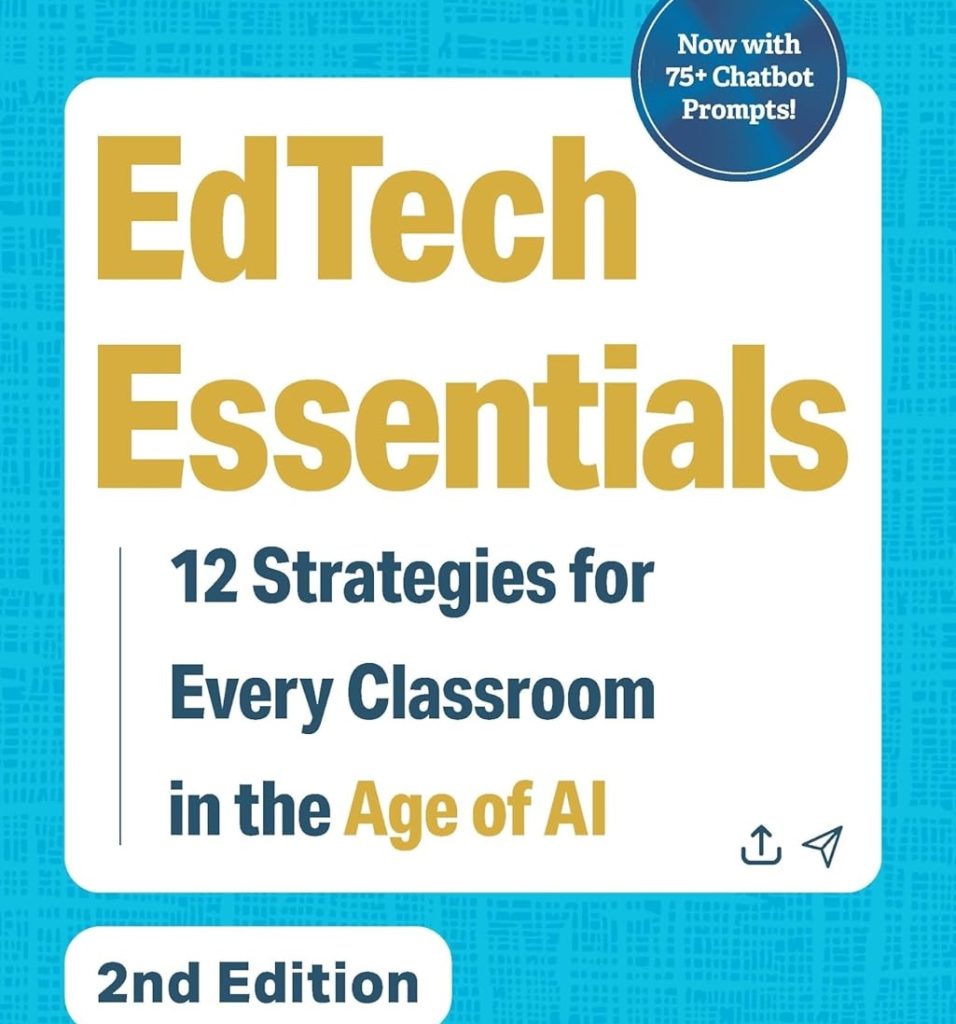
Over at LoveToTeach87, Kate Jones has written a thoughtful and thorough exploration of Dual Coding.
What is “dual coding”? In brief, when we take care to present information in two formats — visual and verbal — we are dual coding.
Schools too often focus on verbal presentation of information. Dual coding theory reminds us to add visuals as well.
Jones’s post begins with a helpful over view of recent work in the field: in particular, the Learning Scientists, and also Oliver Caviglioli.
She then changes gears, and offers a variety of specific classroom for putting this concept into practice:
timelines
comics/storyboards
revised notes
summary cards
And so forth. Because her post includes so many splendid examples, I encourage you to check it out.
Behind the What, the Why
But, why exactly does dual coding help?
The short answer is: lots of reasons. But for me, the core answer comes back — as it so often does — to working memory.
Working memory allows brains to hold, reorganize, and combine information. In other words: all academic learning requires working memory.
And: we just don’t have very much. (Alas, there’s no artificial way to increase it. Yet.)
But, we do have a secret supply of extra working memory. More precisely, we have different WM stores for visual and auditory information.
If I present information only verbally, then students must hold all that information with that part of their WM.
It’s like doing mental push-ups with one arm.
But, if I provide information both verbally and visually, they get to use both parts of their WM.
And, of course, two arm push-ups are much easier to do.
In sum: dual coding helps students learn, because it divides WM load between verbal and visual capacities.
A Brief Warning
This teaching advice sounds a bit like learning styles. It suggests that we’ve got distinct visual and verbal learning capacities.
PLEASE do not confuse these two theories. Learning styles theory has no support — it just ain’t true.
We ALL use visual WM. We ALL use auditory WM. (Those of us who have sight and hearing.)
There is no “style” here. This cognitive architecture supports learning for us all.
And so, dual coding benefits practically everyone.






